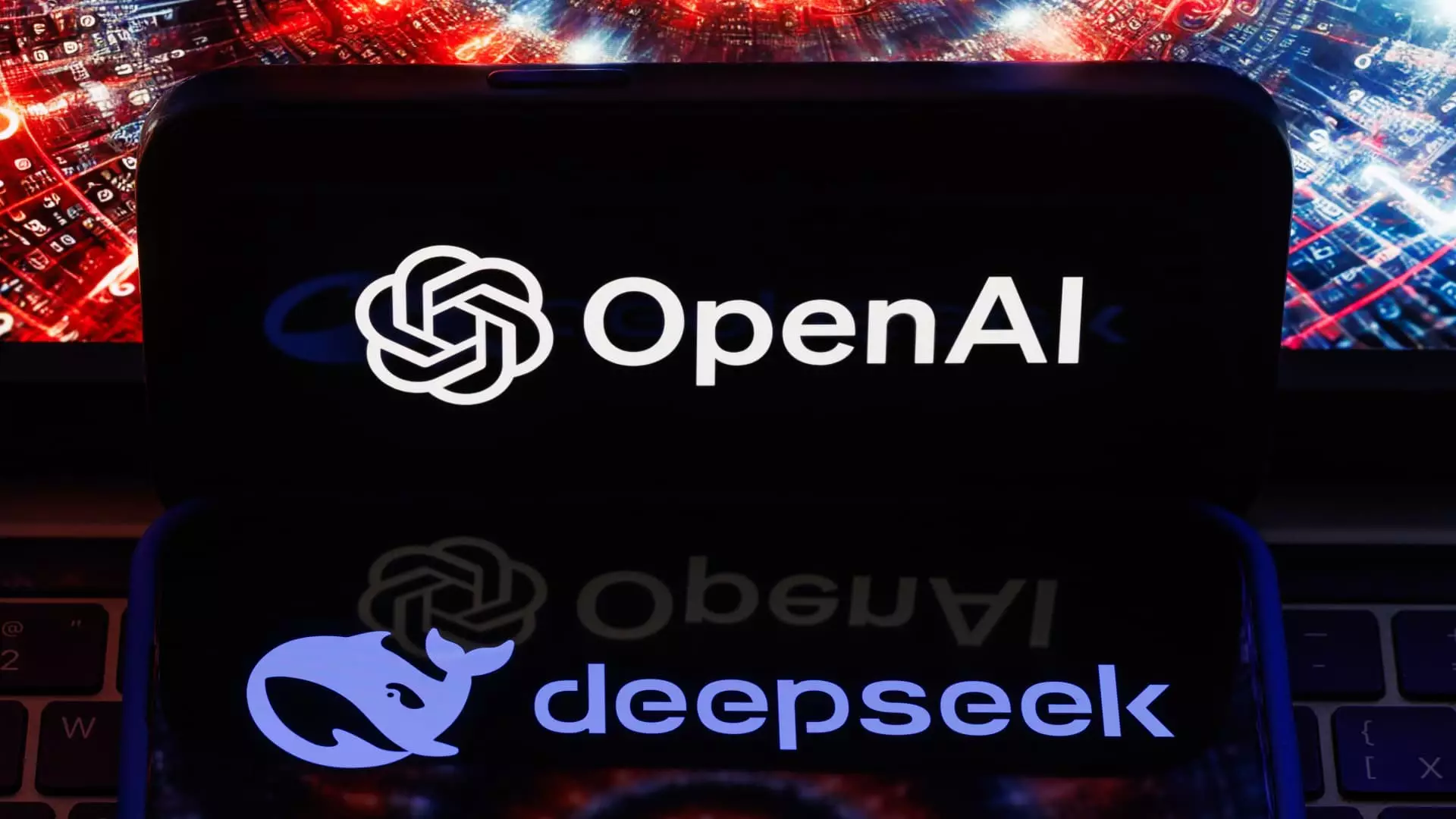The landscape of artificial intelligence (AI) is witnessing a transformative phase as China’s DeepSeek emerges as a formidable player in the global AI arena. Recent discussions at France’s Artificial Intelligence Action Summit highlighted the competitive edge DeepSeek has gained, prompting significant reflections among tech leaders and experts regarding the U.S.-China rivalry in AI innovation. Many industry executives voiced concerns and admiration, acknowledging that China’s advancements ought not to be underestimated in a domain historically dominated by American firms like OpenAI and Anthropic.
DeepSeek shocked the global tech community by publishing a technical paper that presented its new AI model created at a training cost significantly lower than what has been traditionally associated with top-tier AI projects—less than $6 million. This stark contrast to the enormous investments made by their Western counterparts unveils a growing narrative: that the competition in AI isn’t merely accelerating; it’s compelling us to rethink our perceptions of China’s capabilities in this critical sector.
The apparent cost-effectiveness of DeepSeek’s R1 model raises crucial questions about the sustainability and long-term impact of AI innovation in a landscape characterized by exponential financial investment. Chris Lehane, OpenAI’s Chief Global Affairs Officer, underscored that a substantive rivalry exists between U.S.-led democratic AI initiatives and those driven by authoritarian regimes like the Chinese Communist Party. Yet, while the initial cost figures indicate a competitive advance, they also prompt scrutiny over the quality and ethical implications of technology produced under different governance models.
Concerns have also been voiced about censorship inherent in DeepSeek’s AI systems, particularly regarding sensitive historical events such as the Tiananmen Square massacre. These functionalities, or the lack thereof, pose ethical dilemmas. The juxtaposition between cost-effectiveness and ethical responsibility becomes pivotal as AI applications permeate more aspects of life and governance.
As the AI race intensifies, the implications extend beyond corporate strategies to geopolitical landscapes. Reid Hoffman, the co-founder of LinkedIn, expressed that America’s self-perceived technological dominance is under reevaluation. DeepSeek’s emergence challenges the longstanding belief that the U.S. maintains an unassailable lead in AI development, suggesting that the gap between the two nations has narrowed significantly. This realization could necessitate a shift in how Western firms strategize and position themselves against a well-resourced competitor like DeepSeek.
However, Hoffman and other executives maintain that despite DeepSeek displaying remarkable capabilities, it does not yet pose a direct existential threat to established Western AI companies. A report from semiconductor research firm SemiAnalysis highlights skepticism regarding DeepSeek’s financial claims, indicating that its actual hardware expenditure could be far greater, potentially exceeding the $500 million mark. This casts a shadow over the perception of DeepSeek as just a low-cost innovator.
The Distillation Debate
A pivotal aspect of the discussion surrounding DeepSeek’s rise revolves around the practice of AI distillation, where larger, more dominant models inform newer ones. This suggests that DeepSeek might not be achieving its performance entirely on its own merit, but rather through techniques that leverage the outputs of existing advanced systems. Notably, this has ignited a debate in the industry about intellectual property and the ethics of utilizing existing AI outputs in creating novel models. OpenAI, for instance, has hinted at concerns regarding potential misuse of its outputs by DeepSeek.
Most leaders in the industry believe that while DeepSeek’s advances are noteworthy, they do not fundamentally shift the competitive landscape overnight. Tech executives foresee that the traditional paradigm of “larger is better” in AI models is still dominant, limiting immediate shifts to emerging platforms like DeepSeek.
As the competitive narrative unfolds, it remains crucial for Western firms and governments to reassess not just the innovations emerging from rivals like DeepSeek but also the underlying ethical frameworks and governance structures governing AI development. The clear takeaway from this ongoing saga is that while the arena of artificial intelligence may be evolving rapidly, the predominant paradigms still hold, indicating a need for both vigilance and innovation.
DeepSeek’s rise underlines an urgent call for the West to enhance its understanding of China’s technological aspirations and capabilities while fostering an environment conducive to ethical AI advancement. As we inch closer to a future potentially dominated by advanced AI, the stakes could not be higher. In this ongoing rivalry, remaining informed and adaptable will more than ever determine the leaders of tomorrow’s technologies.

